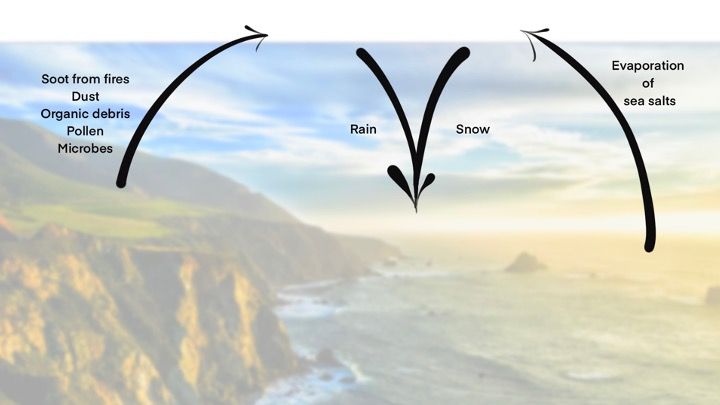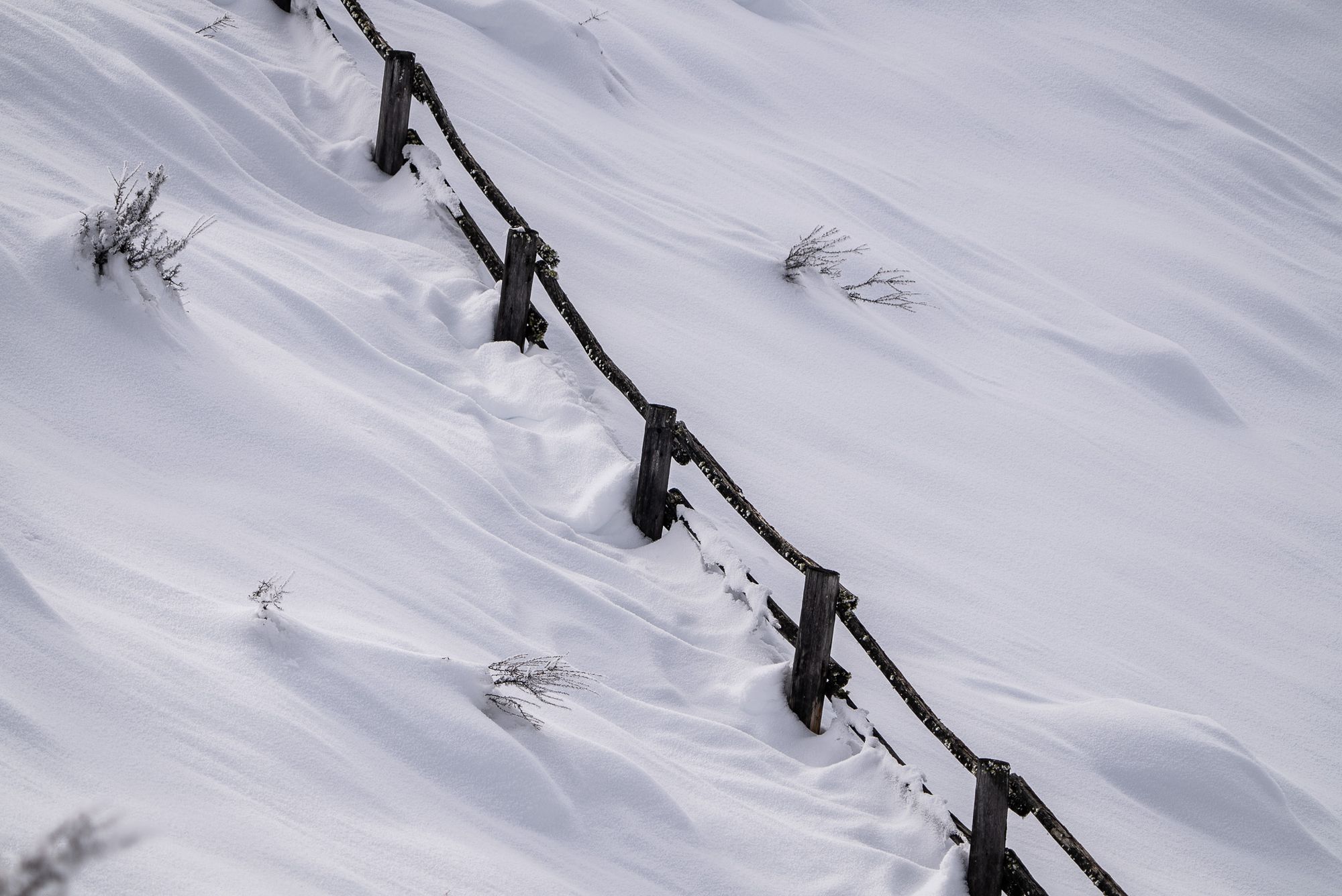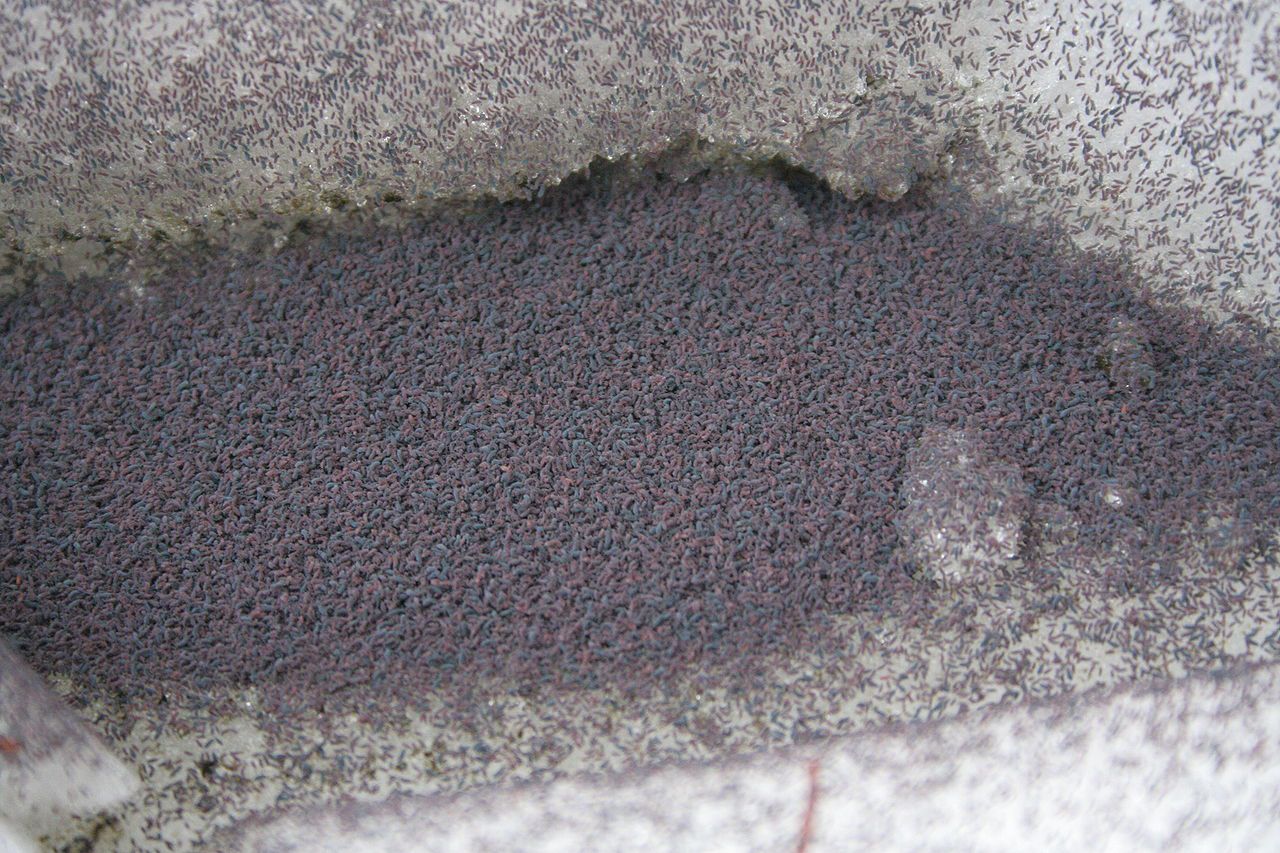Manna from Heaven

All of my life, I've lived in places where fleeting snowstorms only lasted a day or two then melted so it makes sense I've always thought of snow as an ephemeral event. However, I now live in an area where deep snow is a continuous presence for five months a year and it prompts me to see snow in new ways.
Even if you live in an area with lots of snow every winter, you might not realize that snow is a global event.
Vast areas of both the Northern and Southern Hemispheres are covered in snow for long periods of time. In fact, over 50% of the land mass in the Northern Hemisphere is covered in snow for most of the year.
With so much snow covering so much of the earth's surface for so many months of the year, it makes sense that snow plays a significant ecological role—and it does, but for reasons that will surprise you!

The first piece of this story is the continuous loop of recycling that occurs between the earth's surface and the atmosphere as immense quantities of microscopic particles lift off the earth's surface into the atmosphere.
These particles include soot from fires, dust, clay particles, organic debris, pollen, spores, microbes, sea salts, and much more. All of this rich nutritional material would be trapped forever in the atmosphere except that snow (and to a lesser extent, rain) captures these particles and carries them back to earth.
And this is where it gets interesting...
Because the snow that falls to earth is absolutely loaded with nutrients, a snowbank is essentially a vast storehouse of food. It makes sense then that something is going to eat all this food, and that's what happens in snow.

There are actually so many kinds of algae, bacteria, and fungi living in a snowbank and feeding on this stored food that the levels of carbon dioxide under the snow can reach toxic levels from all their metabolic activity.
If you've ever witnessed red-tinged "watermelon snow" in the mountains, you've witnessed one example of snow algae at a stage when their immense numbers become visible to the human eye.

Algae, bacteria, and fungi that live in the snow are also photosynthesizing, which means they're consuming food in the snow and using sunlight energy to convert these nutrients into carbohydrates, fats, and proteins.
This feeds a staggering diversity of invertebrates who either graze on the fields of photosynthetic algae, bacteria, and fungi, or else eat the invertebrates that are grazing. Grazers include superabundant springtails who, despite being less than 3 millimeters long, can cover snow in thick mats. Higher level invertebrates include everything from mites to spiders, centipedes, beetles, flies, butterflies, and moths, as well as bizarre critters like pseudoscorpions and snow scorpionflies.

This food web is so prolific, and so important, that many of these species actually favor icy, cold conditions and you'll even see them walking around on snow at night.
It may seem crazy that there's so much life in the snow, but here's something to think about: As soon as snow melts in the spring and the soil dries out in the summer, the ground is essentially a barren desert for all these organisms. Winter is the most important time for all these organisms and for processing all these nutrients before they disappear into the soil.
So yes, winter is cold and icy, and snow looks like white nothingness, but it's actually a vast, thriving ecosystem fueled by immense quantities of food delivered from the sky by falling snow.





Member discussion